Techniques from computer science may help explain the tendency in biology for structures to repeat themselves.
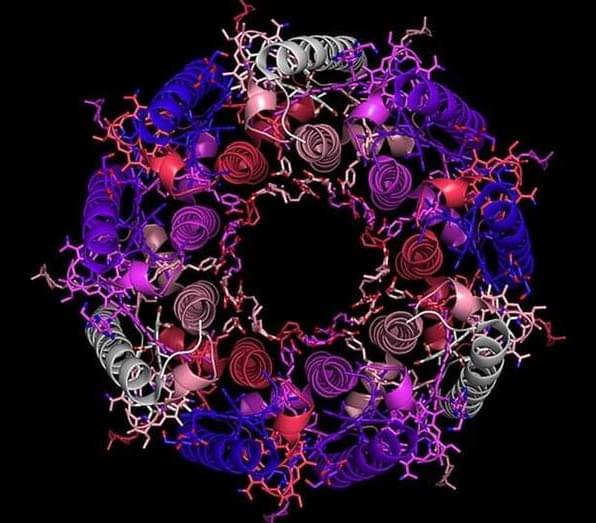

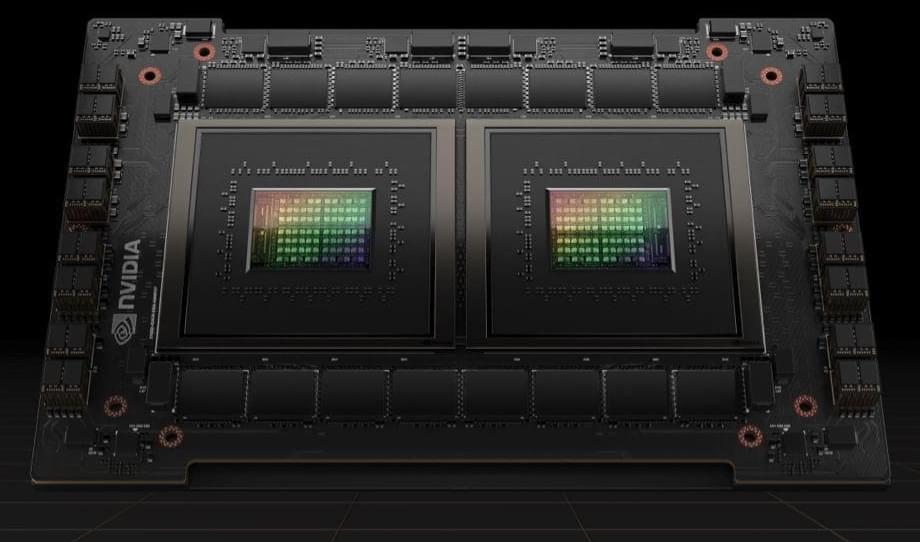
At GTC 2022, Nvidia CEO Jensen Huang finally shared more details around the company’s Arm endeavors as he unveiled the company’s new 144-core Grace CPU Superchip, the company’s first CPU-only Arm chip designed for the data center. The Neoverse-based system supports Arm v9 and comes as two CPUs fused together with Nvidia’s newly branded NVLink-C2C interconnect tech. Nvidia claims the Grace CPU Superchip offers 1.5X more performance in a SPEC benchmark than two of the last-gen 64-core AMD EPYC processors in its own DGX A100 servers, and twice the power efficiency of today’s leading server chips. Overall, Nvidia claims the Grace CPU Superchip will be the fastest processor on the market when it ships in early 2023 for a wide range of applications, like hyperscale computing, data analytics, and scientific computing.
Nvidia unveiled its new 144-core Arm-based Grace CPU Superchip at GTC 2022 along with a host of new interconnect technologies.

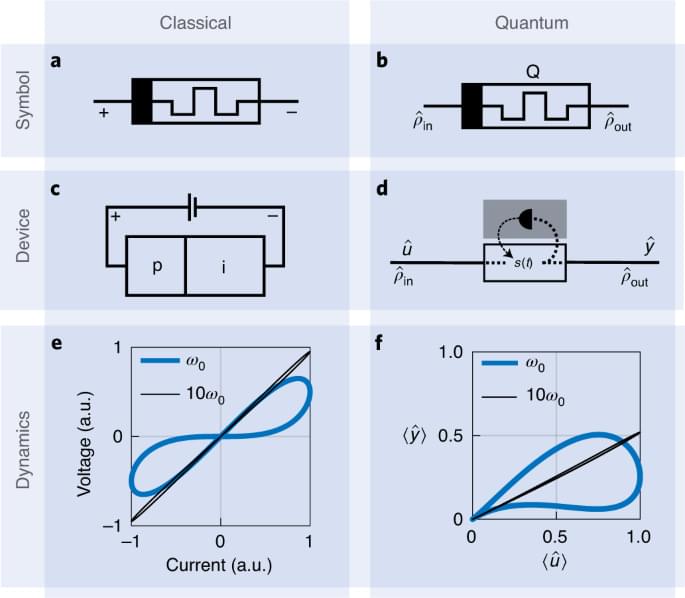
We have designed an optical memristive element that allows the transmission of coherent quantum information as a superposition of single photons on spatial modes. We have realized the prototype of such a device on a glass-based, laser-written photonic processor and thereby provided what is, to the best of our knowledge, the first experimental demonstration of a quantum memristor. We have then designed a memristor-based quantum reservoir computer and tested it numerically on both classical and quantum tasks, achieving strong performance with very limited physical and computational resources and, most importantly, no architectural change from one to the other.
Our demonstrated quantum memristor is feasible in practice and readily scalable to larger architectures using integrated quantum photonics, with immediate feasibility in the noisy intermediate-scale quantum regime. The only hard limit for larger scalability—as with most quantum photonic applications—is the achievable single-photon rate. A foreseeable advancement would be the integration of optical and electronic components within the same chip (rather than using external electronics), which is conceivable using current semiconductor technology. Additionally, the frequency at which our quantum memristor operates can be easily improved. For laser-written circuits, high-frequency operations are readily available at the expense of higher-power consumption28, whereas other photonic platforms routinely enable frequencies even in the gigahertz regime43. For exploiting these frequencies, however, the photon detection rate must be improved as well.
The senior product manager leading hardware and software product development at the Center for Quantum Computing wants to make fault-tolerant quantum computing a reality.
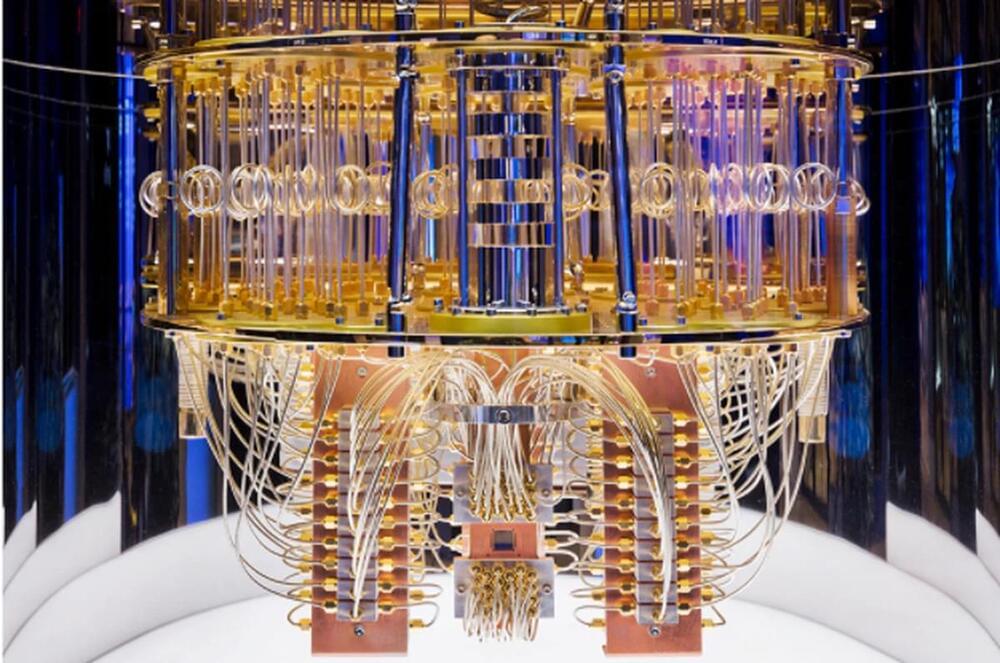
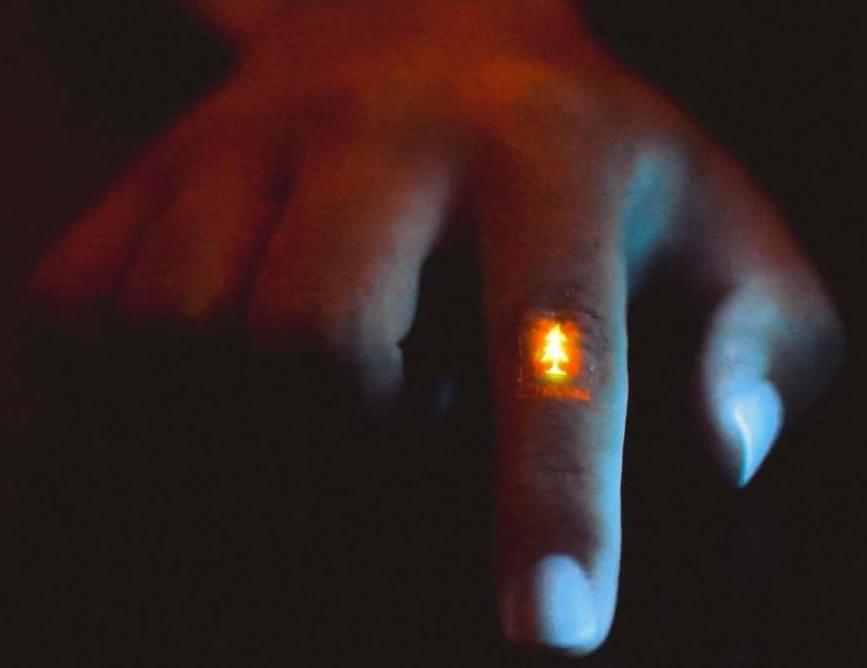
An elastic light-emitting polymer that glows like a filament in a light bulb could lead to affordable, practical and robust flexible screens.
Flexible screens could form part of wearable computers that stick to our skin and do away with the need to carry a separate smartphone or laptop. But the various existing flexible displays all have flaws: they either require high voltages to run, are too fragile, too expensive, not bendy enough or lack brightness.

Scientists from the NTU Singapore and the Korea Institute of Machinery & Materials (KIMM) have developed a technique to create a highly uniform and scalable semiconductor wafer, paving the way to higher chip yield and more cost-efficient semiconductors.
Left: Image of a six-inch silicon wafer with printed metal layers and its top-view scanning electron microscope image. Right: Image of the six-inch silicon wafer with nanowires and its cross-sectional scanning electron microscope image. (Image: NTU Singpore)
Semiconductor chips commonly found in smart phones and computers are difficult and complex to make, requiring highly advanced machines and special environments to manufacture.
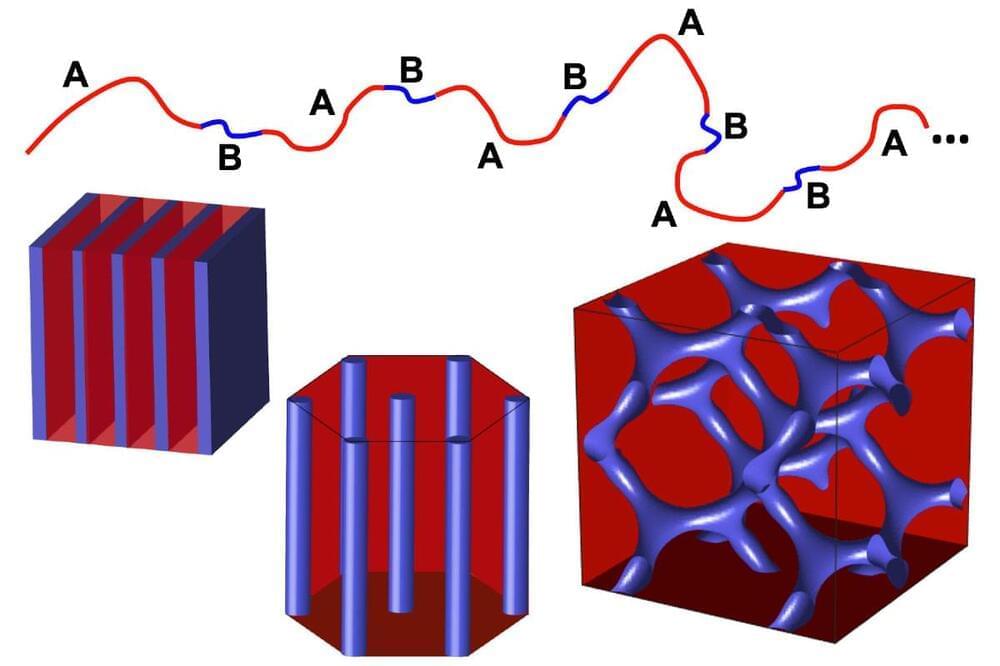
The microscopic components that make up computer chips must be made at staggering scales. With billions of transistors in a single processor, each made of multiple materials carefully arranged in patterns as thin as a strand of DNA, their manufacturing tools must also operate at a molecular level.
Typically, these tools involve using stencils to selectively pattern or remove materials with high fidelity, layer after layer, to form nanoscale electronic devices. But as chips must fit more and more components to keep up with the digital world’s growing computational demands, these nanopatterning stencils must also become smaller and more precise.
Now, a team of Penn Engineers has demonstrated how a new class of polymers could do just that. In a new study, the researchers demonstrated how “multiblock” copolymers can produce exceptionally ordered patterns in thin films, achieving spacings smaller than three nanometers.

Every industry will be affected by quantum computing. They will alter the way business is done and the security systems in place which protect data, how we battle illnesses and create new materials, as well as how we tackle health and climate challenges.
As the race to build the first commercially functional quantum computer heats up, here we discuss a handful of the ways quantum computing will alter our world.